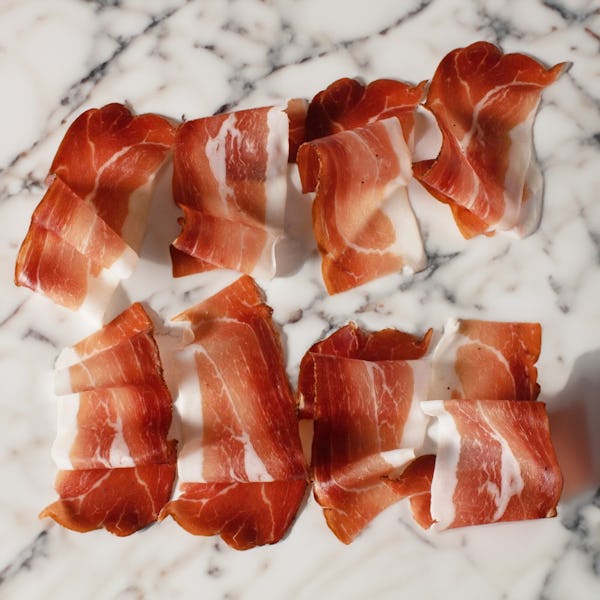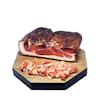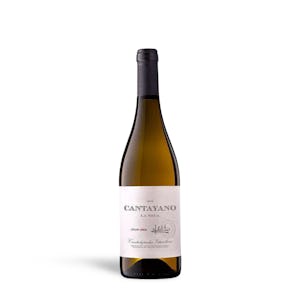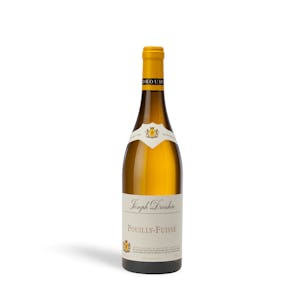


Special Selection Speck IGP
Salt, Smoke, and Mountain Air
(Tuesday Dec 23 , 2025)
TASTING NOTES FROM THE CURATOR
Italian speck is known formally as Speck Alto Adige, to differentiate it from German speck, which is pork fat with very little meat. Italian speck is browner than prosciutto, denser and well-marbled with a high elasticity and amazing depth of flavor. Juniper berry notes are strong beneath the smoky, spiced taste, and its aroma is heavily reminiscent of the mountainside it was smoked on.
Only 29 producers in the Tyrol region of Italy, all under the Consorzio Tutela Speck Alto Adige, are allowed to produce true Italian speck, which merges the curing method of the Mediterranean with Northern European smoking. They all use pork thighs, and the meat is deboned and laid flat as a narrow, rounded slab. From there, it is rubbed with a spice mix that typically includes salt, juniper berries, bay leaves, pepper. It is left to marinate like this for up to three weeks in a cold room before it is smoked outdoors to benefit from exposure to the mountain air.
PREPARATION OR PAIRINGS
Italian speck makes a lovely snack or antipasto all on its own. It is great on a slice of toasted bread with a little sprinkle of honey—we like to use Tartufi Morra Black Truffle Honey for an addy earthiness to the flavor—or alongside Italian cow’s milk cheeses like Piave or a young Parmigiano Reggiano.
It adds a unique smokiness to pastas and omelets—or other egg-based dishes. The kitchen-savvy foodie will certainly want to try their hand at using speck in a traditional Tyrolean dish, the canederli, a delicious gnocchi-like dumpling that is typically served in broth or with breadcrumbs and brown butter. And for your accompanying tipple, we recommend a good Chianti or Sangiovese!
THE TYROLEAN SNACK OF CHOICE
Officially, meat labeled as speck was first recorded in Italy in the 18th century, though it went by many different names before that all the way to the year 1200. This type of meat was cured so that villagers could have access to it long after the Yuletide butchering season was over. It was most important in the poorer parts of the country, where fresh meat was scarce. As the centuries rolled on, speck made its way to banquet tables and high-society feasts. Today, speck is so common in the region, it is often snacked on with a bit of bread and a nice glass of wine.
Storage Instructions
Vacuum-sealed packs of hand-carved cured meats can last up to five months in the refrigerator (never the freezer). Once the pack is opened, they’re best enjoyed within the day.






